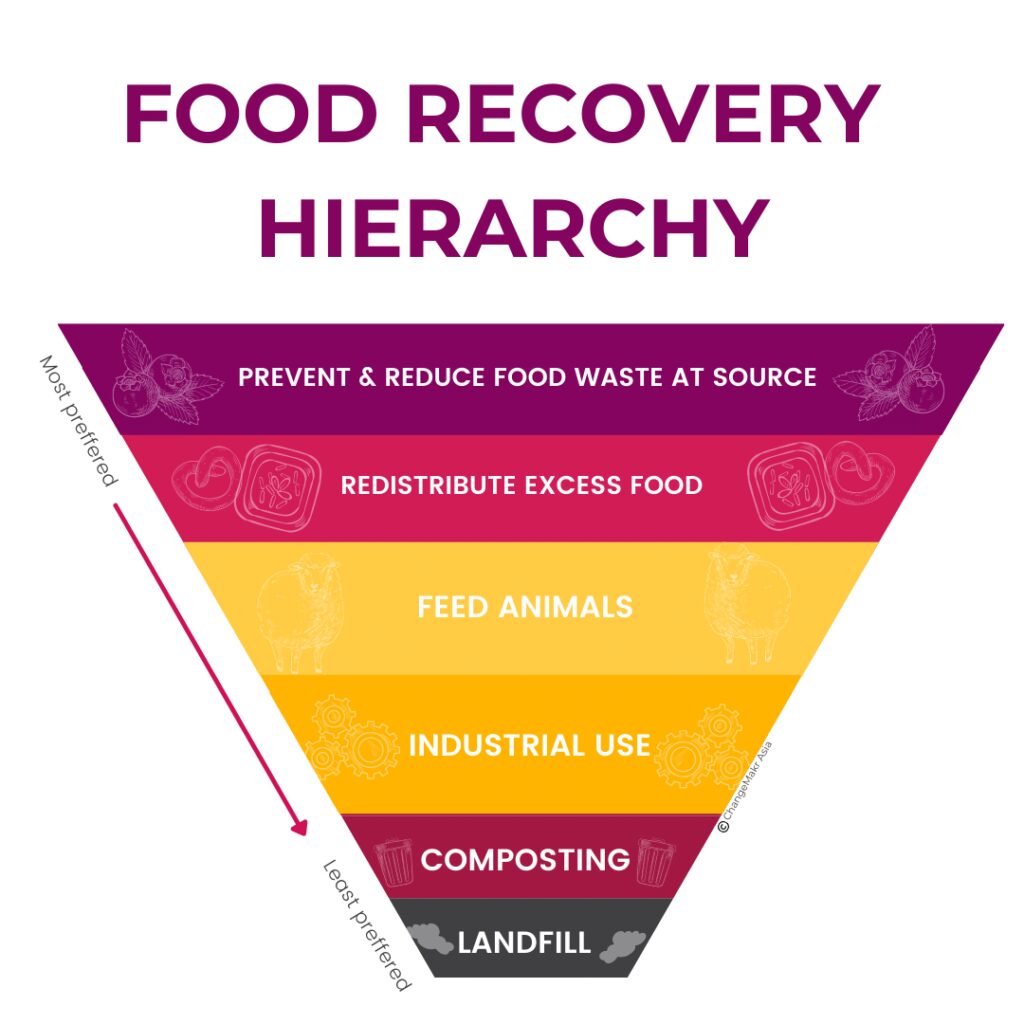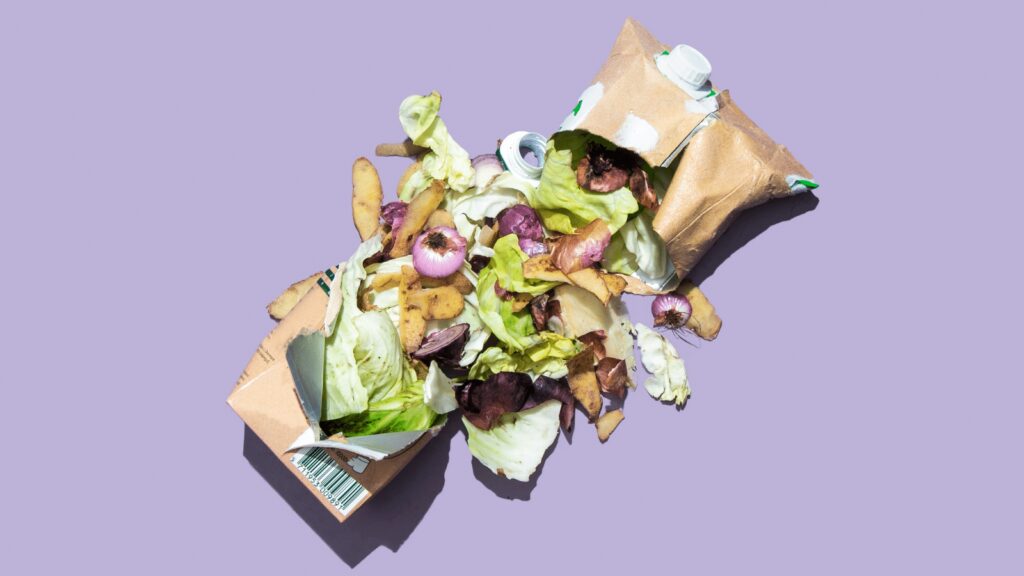Food loss problem seems to be a larger problem in our lives; yet ending post-harvest food loss could help solve hunger.
Every planting season in villages across the globe, smallholder farmers drive seeds into the soil with high hopes for a successful harvest. Attentively tilling their fields, many religiously pray for rain to reap their crop’s fruits, pay their children school fees, buy livestock to sustain their livelihood until harvesting season, and fill their plate with nutritious food. Nonetheless, crops are facing a different challenge each harvest season. Rain. Weevils. Rats. Plaques. Mold.
RELEVANT SUSTAINABLE GOALS



Climate and unstable weather conditions, harvesting and handling techniques, packaging, storage, transportation facility, market situation, dust from the cement factory, disease, and pest animals were recorded as significant causes for post-harvest loss. In Asia alone, u to 40 percent of food is lost post-harvest due to poor handling, improper storage, and inadequate infrastructure.

CRUEL IRONY OF HUNGER AND EXTREME POVERTY AMONGST FOOD PRODUCERS IN THE WORLD
According to the recent report of Harvard Business review, more, than 2 billion people currently live on about 550 million small farms, with 40% of them on incomes of less than U.S. $2 per day. These smallholders produce food for more than 50% of the population in low-and middle-income countries. At present, these smallholders are trapped in a negative cycle that damages both themselves and the planet. They are vulnerable to adverse weather incidents and water scarcity, have limited access and low bargaining power with purchasers of their output, and incur high crop losses, estimated at 28% of their production during on-farm growing and post-harvest storage. It’s a fact that’s hard to stomach: that these smallholders farmers are food insecure, experiencing high rates of poverty and malnutrition.
One-third of the food produced globally for human consumption is either lost or wasted from field to fork. The U.N. Food and Agriculture Organization (FAO) estimated up every year p to 1.3 billion tonnes every year.
Post-harvest losses, which make up most of the food loss in the world, are beyond devastating due to smallholder farmers already struggling to put food on the table. Moreover, in every harvest, losing 20 to 40 percent of one harvest exacerbates food insecurity, and when families eat damaged crops, that can negatively impact their nutrition and health.
REALITY OF POST-HARVEST FOOD LOSS & FLAWED FOOD SYSTEM
Most vulnerable producers are, in fact, also part of the 25 percent of households in the developing world that are food insecure. In the many developing worlds, nutritious food most often is lost to poor harvesting and storage practices. On-the-ground studies have found the chief culprits to be lack of training and availability of local services to build handling, packaging, and storage; insufficient post-harvest storage facilities or essential on-farm storage technologies; and unreliable access to markets.
UPS’ humanitarian supply chain director Esther Ndichu argued that hunger isn’t actually a food issue — it’s a logistics problem that fails to effectively connect food with the people who need it most.
BETTER CONNECTING FOOD PRODUCERS AND MARKET TO REDUCE FOOD LOSS
Food loss can happen at every stage of the journey from farm to market. For example, when food is handled, processed, stored, and transported, there exists some risk of damage, spoilage, or loss. This, however, can be reduced via strategic actions in food supply chain level interventions that include production, handling, storage, processing, and distribution.
Various researches highlighted, for instance, how inadequate infrastructure and difficulty in adjusting supply to demand can impact food losses and how increased organization of smallholders can provide a solution.
As we all see, food loss occurs mainly at the early stages of the food value chain. It can be traced back to financial, managerial, and technical constraints in harvesting techniques and storage and cooling facilities. Therefore, strengthening the supply chain through the direct support of farmers and investments in infrastructure, transportation, and an expansion of the food and packaging industry could help reduce the amount of food loss and waste.
The Food Recovery Hierarchy created by The U.S Environmental Protection Agency ranks the important food waste prevention and diversion measures organizations can adopt. The Food Recovery Hierarchy is divided into levels, with each group emphasising a different approach to managing food waste.
The highest hierarchy levels are the most ideal ways to avoid and divert wasted food since they create the most benefits for the environment, society, and the economy.

Solutions to addressing food waste and loss should focus on three key areas: infrastructure, organization of farmers, and optimization of the distance between the farm and the consumer. Smallholder farmers must be part of any solution for achieving the 50% higher food production required to feed the world’s projected 2050 population of nearly 10 billion people. A win-win inclusive ecosystem enables smallholder farmers to increase high-quality production and profit to support the United Nations’ Sustainable Development Goals (SGD) in eliminating poverty, ending hunger, achieving food security, improving nutrition, and promoting sustainable agriculture.
The article was initially published on 19th October 2021.


